With the development of 3D printing technology, new materials and technologies continue to appear. More and more materials can be 3D printed, and soft materials can also be 3D printed.

The main processes for 3D printing soft materials include: Stereo Lithography Apparatus (SLA), Selected Laser Sintering (SLS) and Fused Deposition Modeling (FDM). Introduce the characteristics of the three different 3D printing processes of soft materials:
Stereo Lithography Apparatus (SLA) 3D printed soft material
The soft material for SLA 3D printing is TPU material, and its hardness is generally about shore A 60. With the passage of time, the material will gradually age and harden, but it is possible as a reference prototype. The soft material of SLA 3D printing has ordinary strength, is not resistant to friction and tear, but is relatively soft and has impermeable and airtight properties.
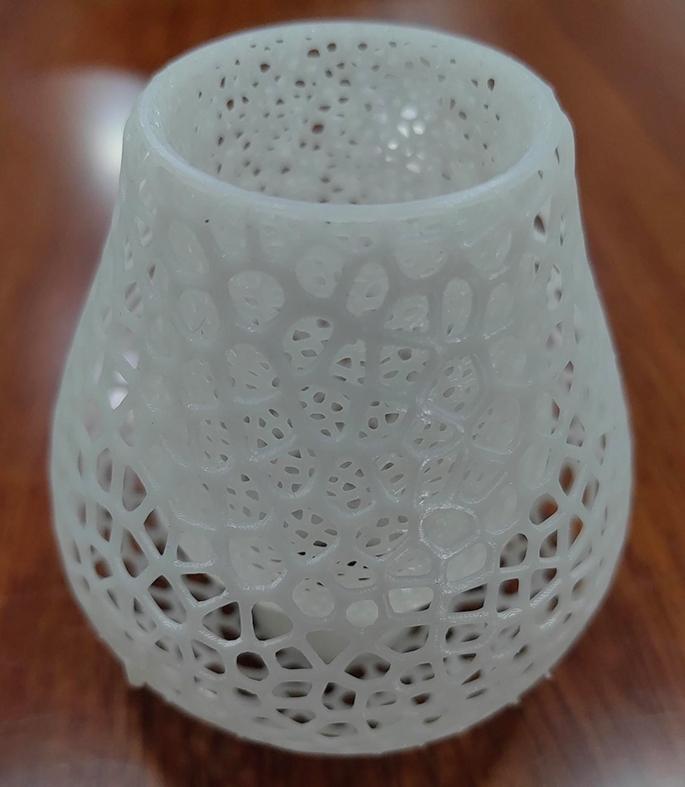
Selected Laser Sintering (SLS) 3D printed soft material
SLS 3D printing soft material is to carry out laser sintering processing on TPU powder. The hardness of soft material part is generally about Shore A 90. The surface of SLS 3D printed soft material part is frosted and rough, and the color is generally white. It has good strength and can print complex hollow structure models, but it is breathable.
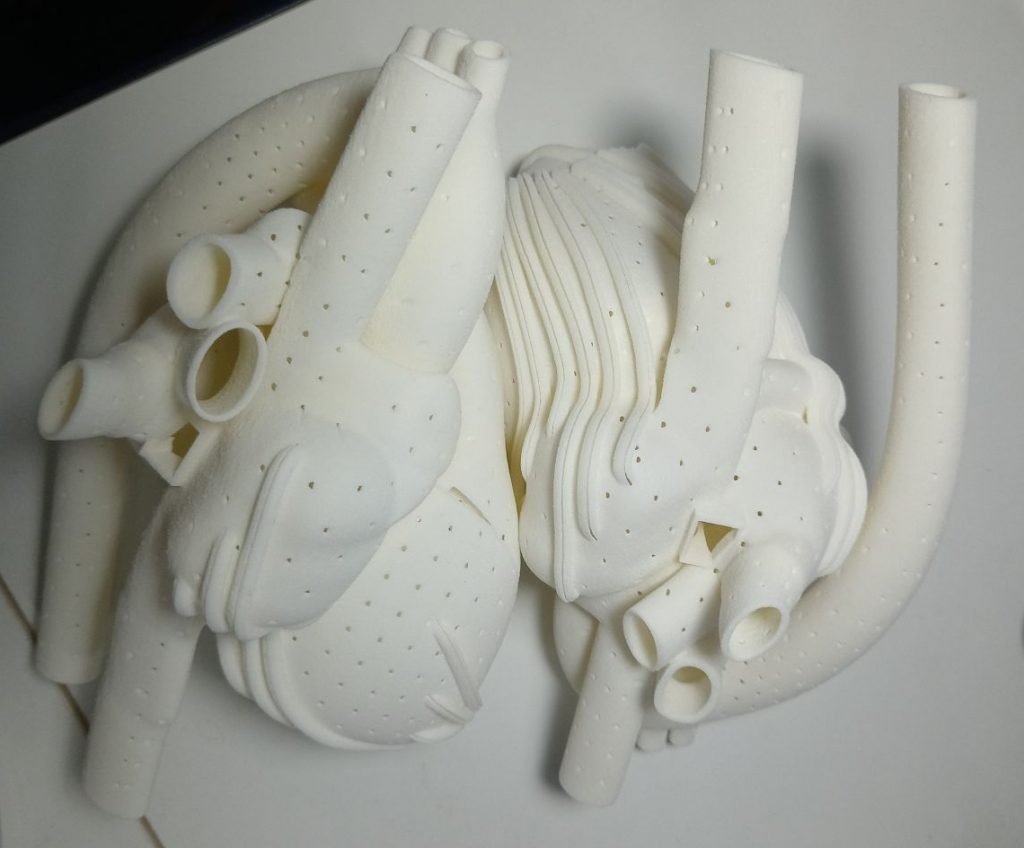
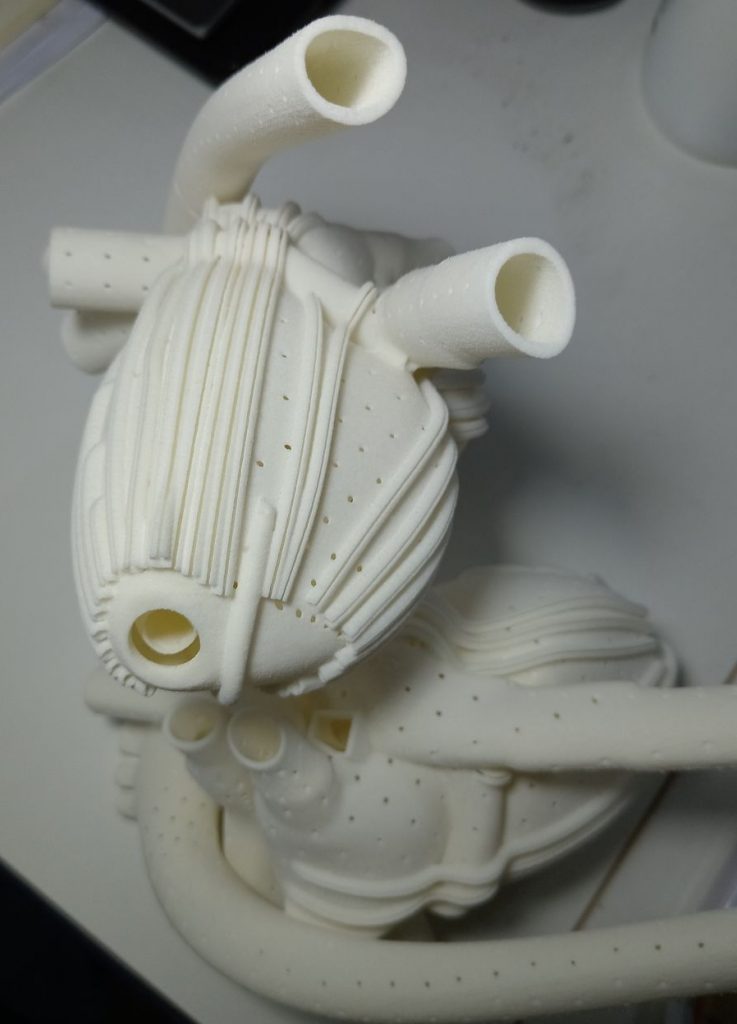
Fused Deposition Modeling (FDM) 3D printed soft material
FDM 3D printing soft material is 3D printed by wire, the hardness is generally about Shore A 90, the strength is good, and its price is relative cheap, but the elasticity is poor, and the appearance is rough, there are layers, and it is breathable.
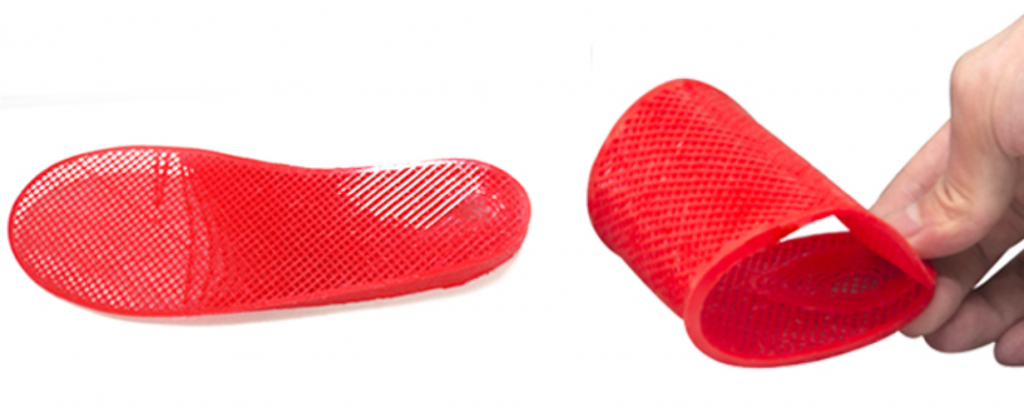
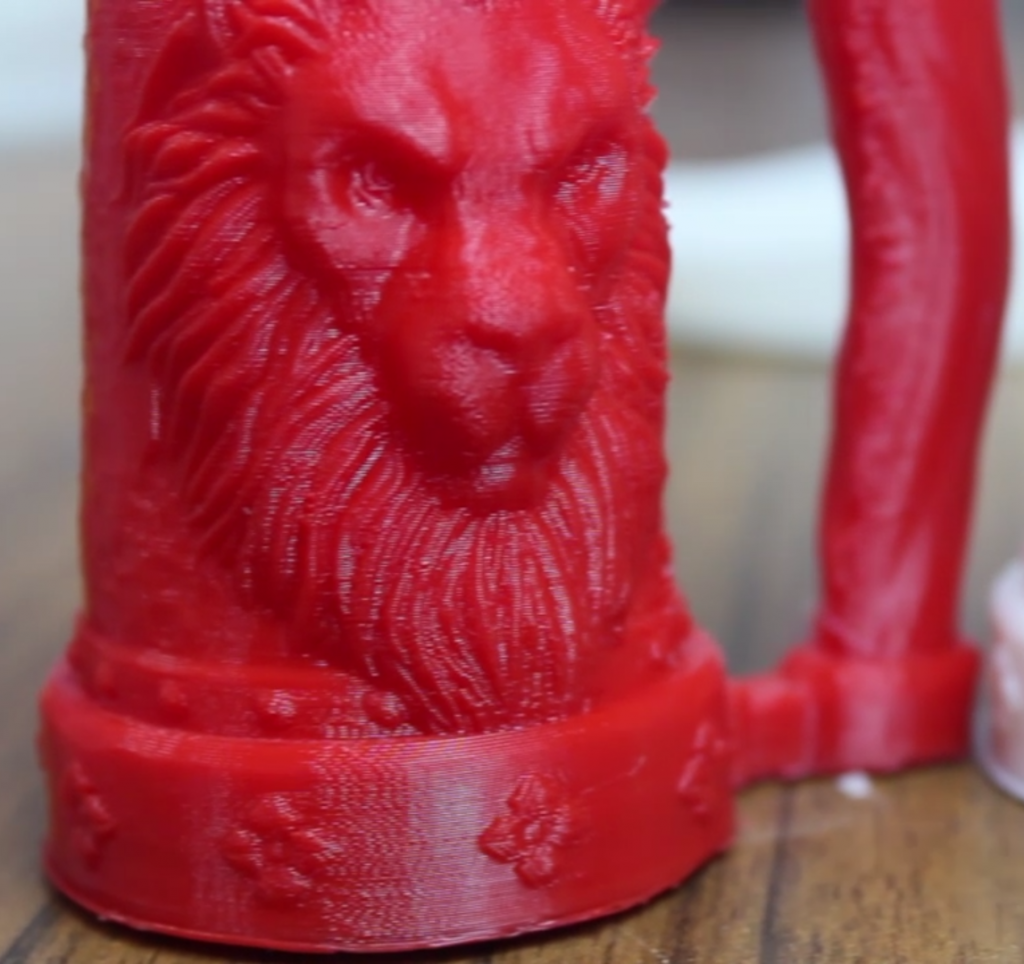
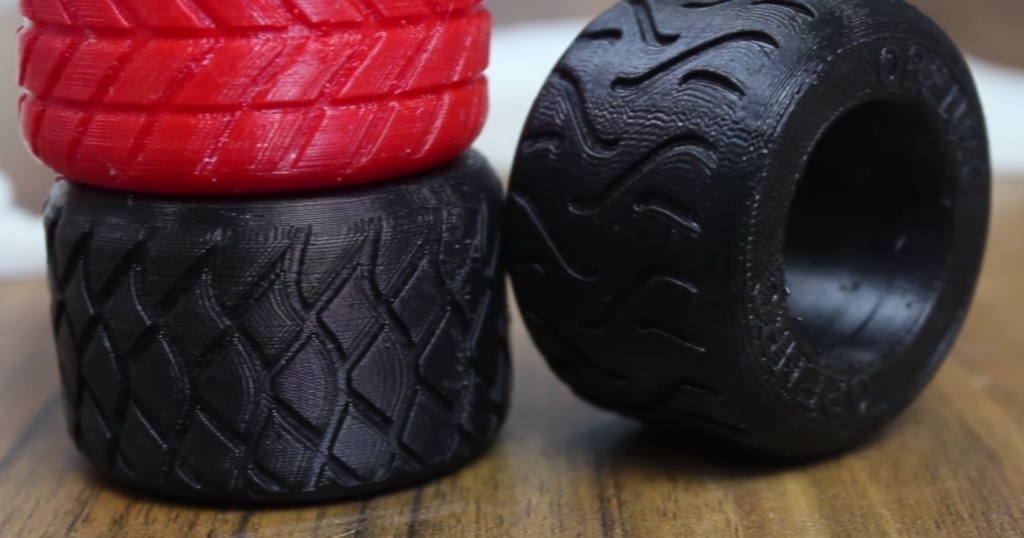
To sum up, 3D printing can print soft materials, the finished part has general elasticity and certain tensile strength, cold resistance and ozone resistance. Its properties are more common, but it is suitable for single or several prototypes making.

